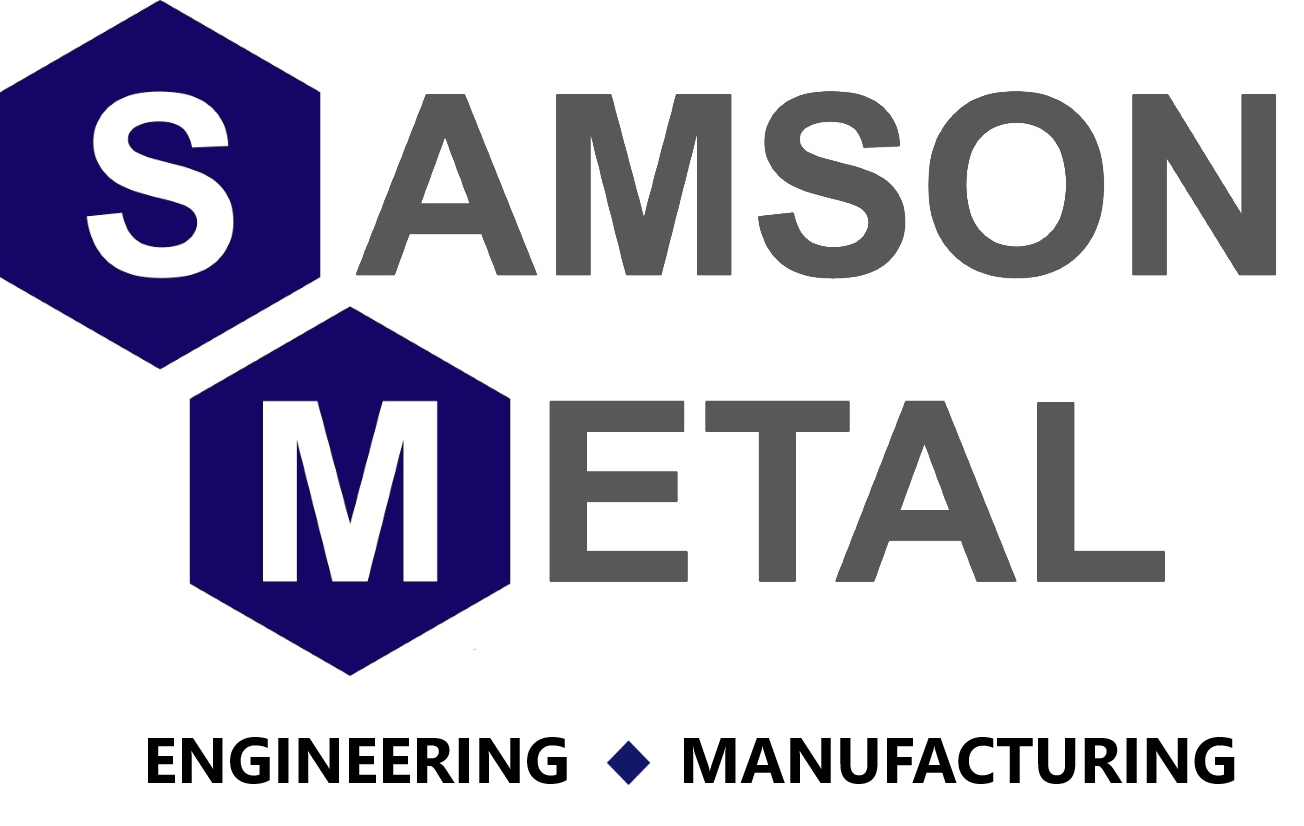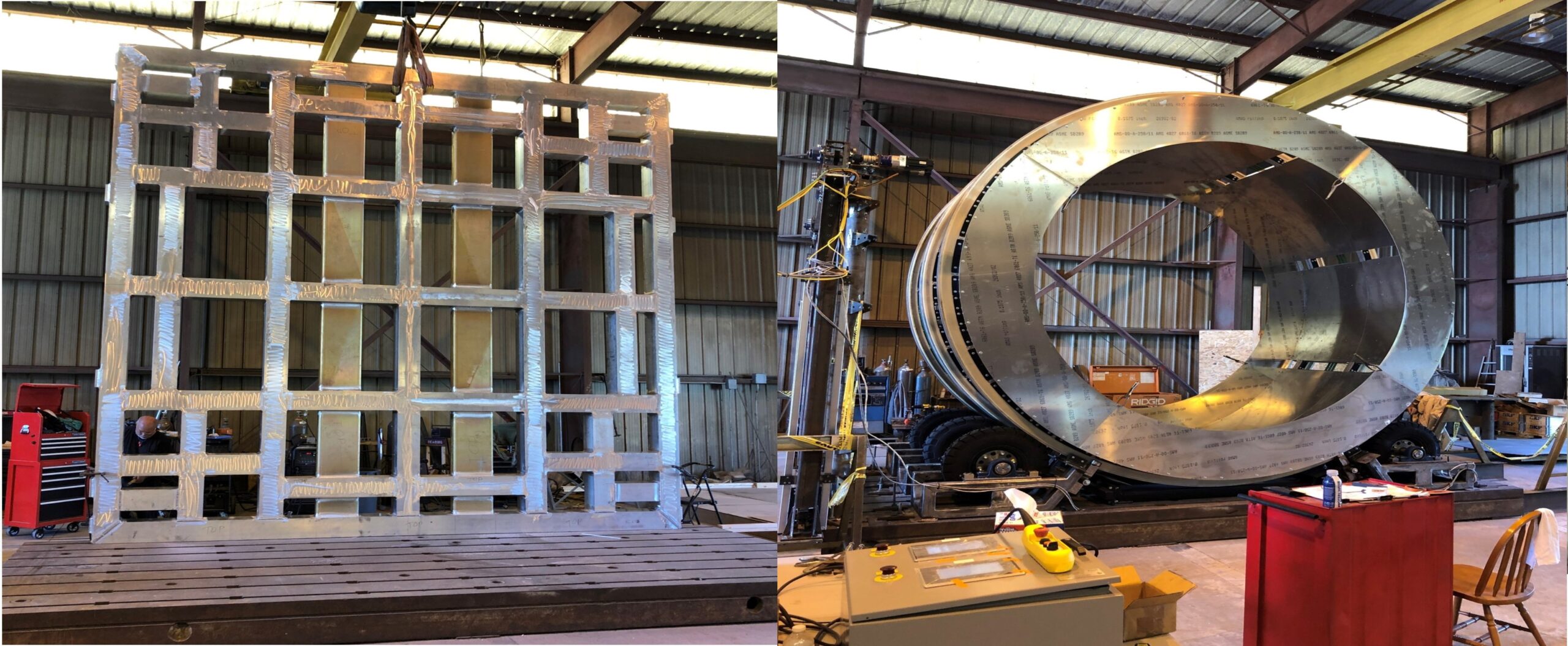In today’s fast-paced industrial landscape, companies are constantly seeking ways to optimize their operations, cut costs, and deliver products faster. One proven strategy that’s gaining traction is integrating manufacturing engineering into the product development process. Unlike the traditional approach of designing a product and then handing it off to a separate fabrication team, manufacturing engineering bridges these stages, creating a seamless workflow that boosts efficiency. Here’s how this approach, exemplified by partners like Samson Metal, helps companies save money and improve production lead times compared to the conventional siloed method.
What is Manufacturing Engineering?
Manufacturing engineering is the discipline of designing, optimizing, and managing the processes and systems used to produce goods. It’s not just about making things—it’s about making them smarter, faster, and more cost-effectively. By involving manufacturing engineers early in the design phase, companies ensure that products are not only innovative but also practical to produce. This holistic approach contrasts sharply with the traditional model, where design and fabrication operate as disconnected steps, often leading to inefficiencies.
Cost Savings Through Integrated Design
One of the biggest advantages of manufacturing engineering is its ability to reduce costs from the outset. When design and fabrication are treated as separate entities, designers may create plans that look great on paper but are expensive or difficult to manufacture. Think intricate parts requiring specialized tools, excessive material waste, or complex assembly steps—all of which drive up expenses.
Manufacturing engineers, like those at Samson Metal, bring a production-focused perspective to the table early on. They collaborate with designers to create “design for manufacturability” (DFM) principles, ensuring that products are engineered with cost-effective materials, streamlined processes, and minimal waste in mind. For example, they might suggest simplifying a component’s geometry to reduce machining time or recommend a more affordable alloy that still meets performance needs. By catching these opportunities before production begins, companies avoid costly redesigns, scrap, and overruns that often plague the traditional approach.
Faster Production Lead Times
Time is money, and nowhere is that truer than in manufacturing. The conventional method of designing first and fabricating later often leads to delays. Once a design is finalized, fabricators may discover issues—like tolerances that are too tight or parts that don’t align with available equipment—requiring back-and-forth revisions. These hiccups extend lead times, pushing deadlines and frustrating customers.
Manufacturing engineering flips this script by aligning design and production from the start. Engineers assess the feasibility of a design against real-world manufacturing capabilities, identifying potential bottlenecks before they become problems. They might adjust a blueprint to match existing machinery or propose a process tweak that cuts cycle time. This proactive collaboration eliminates the trial-and-error phase, allowing production to ramp up quickly and smoothly. The result? Products hit the market faster, giving companies a competitive edge.
Reduced Rework and Waste
In the traditional model, miscommunication between designers and fabricators often leads to rework—parts that don’t fit, assemblies that fail, or specs that can’t be met with current resources. Each iteration means more labor, more materials, and more downtime, all of which erode profitability. Manufacturing engineering minimizes these risks by fostering a unified approach. With engineers involved early, designs are vetted for practicality, and potential issues are resolved before a single cut is made. Less rework translates to less waste, both in terms of materials and time, further driving down costs.
Enhanced Scalability
Another benefit of manufacturing engineering is its focus on scalability. A design that works for a prototype might falter under high-volume production if it’s not optimized for efficiency. Manufacturing engineers anticipate this, designing processes that can scale without sacrificing quality or breaking the bank. They might recommend automated solutions for repetitive tasks or standardize components to simplify assembly lines. This foresight ensures that as demand grows, production can keep pace without requiring expensive overhauls—something the separate design-and-fabricate approach often overlooks until it’s too late.
Real-World Impact
Consider a company developing a new metal enclosure. In the traditional setup, designers might spec a complex shape that requires multiple custom tools, only for the fabrication team to flag it as impractical weeks later. The redesign delays the project and inflates costs. With manufacturing engineering, the team collaborates upfront, opting for a simpler design that leverages standard tooling. The result is a product that’s cheaper to make, faster to produce, and ready for market sooner—all without compromising function.
A Strategic Advantage
Ultimately, manufacturing engineering is about more than just efficiency—it’s a strategic mindset. By integrating design and production, companies gain a partner in problem-solving, not just a handoff point. This approach reduces financial risk, accelerates timelines, and positions businesses to adapt to changing demands. Compared to the fragmented traditional method, it’s a smarter way to build, offering tangible savings and a quicker path from concept to customer.
For companies looking to stay lean and agile, embracing manufacturing engineering isn’t just an option—it’s a game-changer. To see how this approach can transform your operations, explore partners like Samson Metal at www.samsonmetal.com, where expertise meets efficiency.


